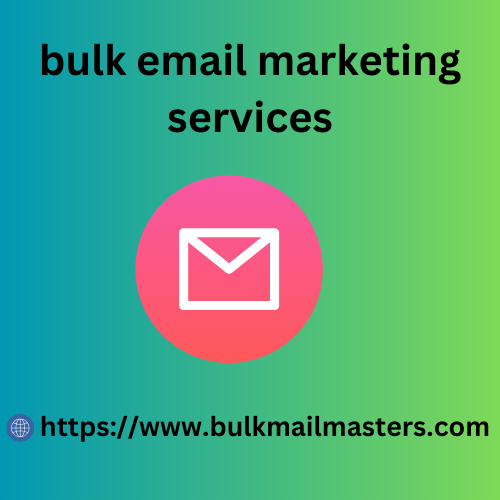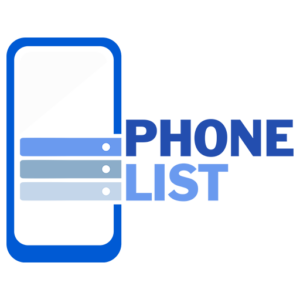These two sales approaches, with unique strengths and methodologies, are pivotal in shaping a company’s marketing and prospecting success.
While both inbound and outbound sales have their place in a successful business strategy, understanding their differences, benefits, and challenges is key to implementing them effectively.
So, whether you’re a professional looking bulk email marketing services to refine your approach or a newcomer eager to grow your business, this guide into inbound vs. outbound sales will help you leverage them for optimal business success.
Understanding Inbound Sales
Definition: What are Inbound Sales?
Inbound sales use a customer-centric approach to selling that focus on:
1. attracting customers through valuable content creation
2. engaging with them to understand their needs
3. and then personalizing their experience to guide them through the buying process
Inbound Sales Strategy: Role of Content and Relationship Building
The key to inbound sales’ success is creating high-quality, relevant content that resonates with your target audience.
This could be in the form of
– blog posts
– white papers
– infographics
– webinars
– social media posts
– or any other form of content that provides value to your prospects!
By consistently delivering content that addresses your audience’s needs and interests, you attract potential customers and establish your business as a trusted resource.
On the other hand, relationship building in inbound sales involves engaging with your audience, responding to their queries, and offering solutions to their problems.
This is achieved through multiple social media, email, and even one-on-one interactions.
Building solid relationships with your prospects increases the likelihood of turning them into loyal customers!
Lead Generation: The Benefits of Inbound Sales
One of the primary benefits of inbound sales strategies is its effectiveness in generating high-quality leads.
By providing valuable content and for a website to be successful engaging with your audience, you attract prospects who are already interested in your products or services, thus increasing the chances of conversion.
Additionally, because inbound sales is customer-centric, it often leads to higher customer satisfaction and loyalty, which can lead to more referrals and repeat business.
Understanding Outbound Sales
Definition: What are Outbound Sales?
Outbound sales is a traditional form of selling where the salesperson initiates the first contact with potential customers.
Even though there are many cold outreach myths, outbound sales can be highly effective for generating leads and closing deals when executed correctly!
Outbound Sales Strategy: Cold-calling and Cold emails
The core of outbound sales is proactive outreach to potential customers.
This often involves cold calling, where database d sales representatives reach out to prospects who may not have previously expressed interest in the product or service.







